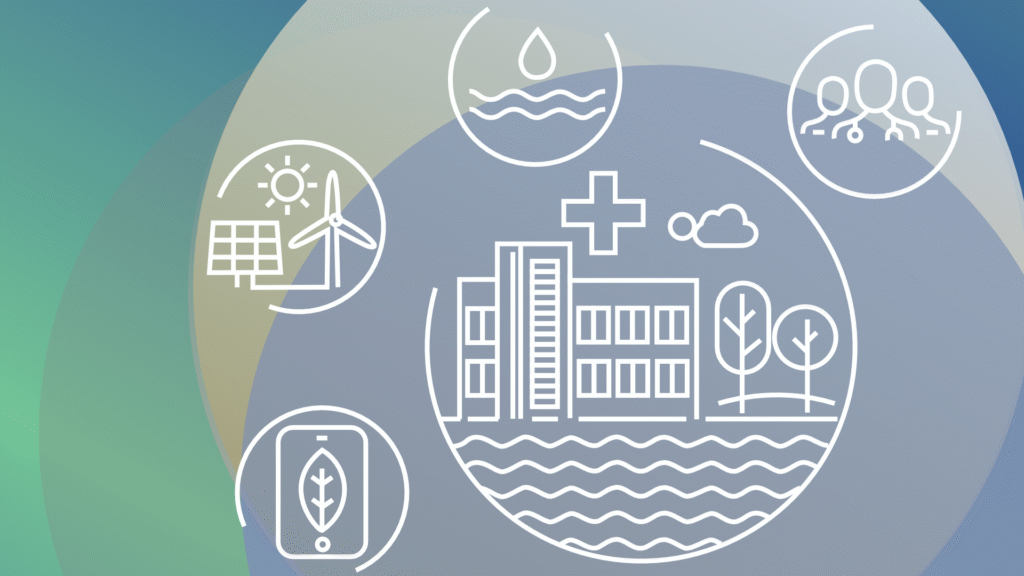The world is facing unprecedented climate challenges. Rising temperatures, intensifying storms, prolonged droughts, and frequent floods are disrupting communities, economies, and ecosystems at an alarming pace. Strengthening climate resilience is no longer optional but essential, requiring strategies that help societies anticipate, absorb, and adapt to shocks while advancing long-term sustainability. The OECD notes that resilience must combine well-aligned adaptation and mitigation policies with risk-informed investments, backed by institutional, financial, and human capacity.
Health systems illustrate why resilience matters. The World Health Organization emphasizes that hospitals and clinics should continue essential services during climate disruptions while lowering their environmental footprint. Building climate-resilient, low-carbon healthcare facilities protects populations, safeguards vulnerable groups, and strengthens public health outcomes. Such measures directly advance Sustainable Development Goal (SDG) 13 on climate action while reinforcing SDG 3 on good health and well-being.
Resilience also depends on people. The Climate Resilient Employees for a Sustainable Tomorrow (CREST) initiative highlights the need for climate literacy, technical expertise, and green skills. Equipping workers for jobs in renewable energy, sustainable agriculture, and low-carbon industries helps economies adapt and ensures growth is more inclusive. By preparing communities for climate-ready development, these initiatives also support SDG 11 on sustainable cities and communities.
In India, the Mahatma Gandhi National Rural Employment Guarantee Act (MGNREGA) combined with weather-based crop insurance in Rajasthan shows how social protection strengthens adaptation. By helping households withstand droughts and income shocks, such programmes reduce poverty, build resilience, and safeguard vulnerable rural populations from cascading risks.
Globally, resilience requires embedding climate risks into national adaptation plans, securing long-term financing, and fostering collaboration across sectors. Nature-based solutions like mangroves and forests not only buffer extreme events but also enhance biodiversity and carbon storage, delivering critical co-benefits for sustainable development.
Thus, climate resilience is not just about recovering from disasters but about building societies that thrive in uncertainty, where equity, innovation, and ecosystem restoration converge. Aligning with SDGs 11 and 13 makes resilience a decisive investment in a sustainable tomorrow that is safer, greener, and more inclusive for all.

